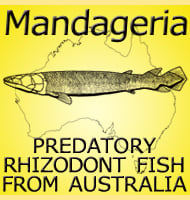Beipiaopterus
In Depth Ctenochasmatid pterosaurs are usually confirmed by their special dentition which allows them to filter sediment and water as they hunt for invertebrates. However this was not possible for Beipiaopterus because the skull was unknown. Instead the remainder of the body had to be examined for identifying features and the conclusion to this was … Read more

